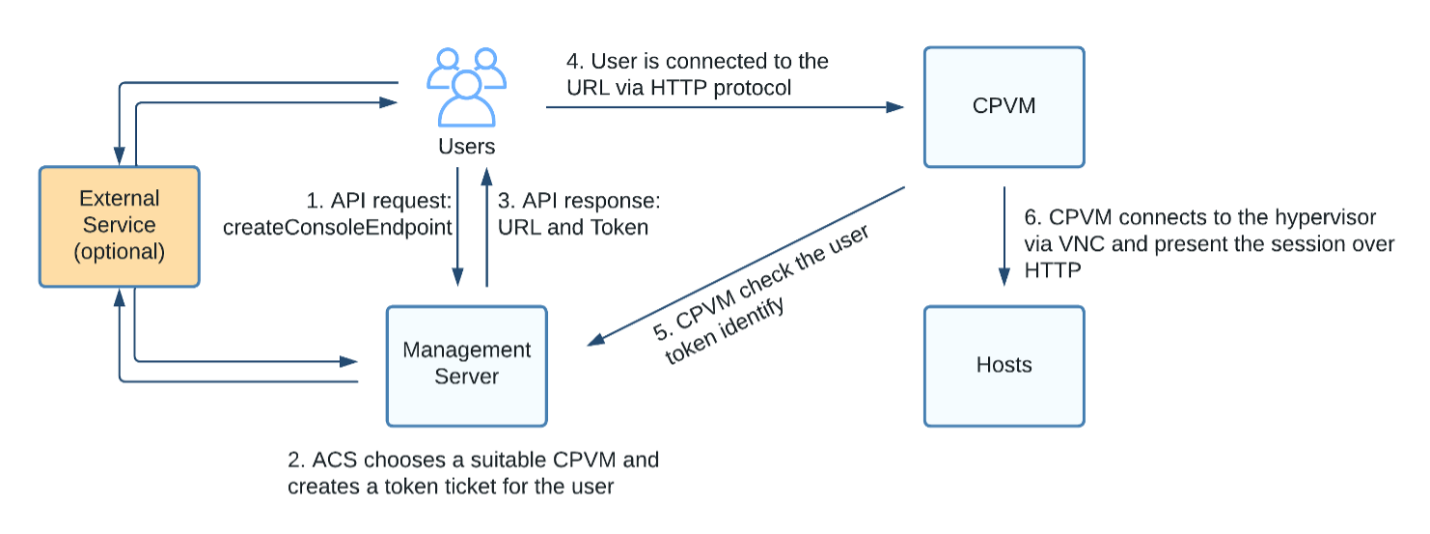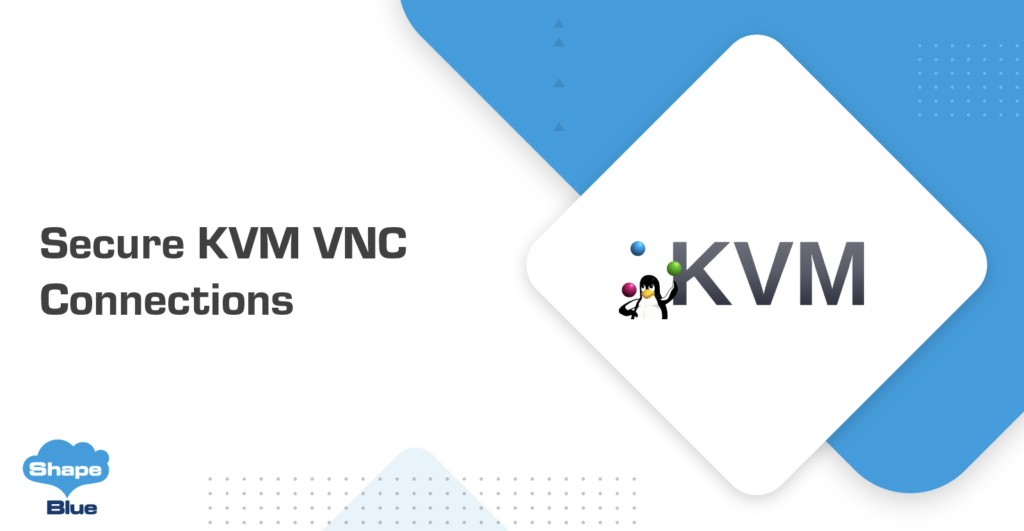How To Secure VNC: The Ultimate Guide To Protecting Your Remote Connections
Listen up, folks. If you're diving into the world of remote desktop connections, VNC is one heck of a tool to have in your tech arsenal. But hold up—before you go all gung-ho with it, let me tell you something. Securing your VNC setup isn't just an option; it's a necessity. You don’t wanna wake up one day and find out some random hacker has been lurking around your system, right? So yeah, how to secure VNC is the question we’re about to answer in this deep dive.
In today’s digital age, security isn’t just a buzzword—it’s a survival skill. Whether you’re a tech enthusiast, a small business owner, or just someone who needs remote access to their work computer, securing VNC is a must. This guide will walk you through everything you need to know, from the basics to the advanced tips, so buckle up and let’s get started.
Now, I know what you’re thinking. “Isn’t VNC already secure?” Well, not exactly. Out of the box, VNC can be pretty vulnerable if you don’t take the right steps. But don’t worry—we’ve got your back. Let’s make sure your VNC connections are as safe as Fort Knox.
Read also:Was Dave Chappelles Wife Ever On His Show Lets Dive In
Understanding VNC: What Is It and Why Secure It?
Before we dive into the nitty-gritty of securing VNC, let’s break down what VNC actually is. VNC stands for Virtual Network Computing, and it’s basically a graphical desktop sharing system that lets you control another computer remotely. Think of it like a virtual handshake between two computers, allowing you to access files, applications, and even the entire desktop interface from afar.
But here’s the thing—VNC wasn’t exactly designed with security as its top priority. While it’s super convenient, it can also be a goldmine for hackers if left unsecured. That’s why learning how to secure VNC is crucial. Without proper protection, your sensitive data could end up in the wrong hands, and no one wants that.
Why VNC Security Matters
Alright, let’s get real for a sec. VNC is a powerful tool, but it’s also a double-edged sword. If you’re using VNC for work, school, or even personal projects, the last thing you want is for someone to hijack your session and mess with your stuff. Here’s why VNC security matters:
- Data Protection: Your files, passwords, and other sensitive information are at risk if your VNC setup isn’t secure.
- Preventing Unauthorized Access: Hackers can use unsecured VNC connections to gain access to your system, which could lead to all sorts of chaos.
- Compliance Requirements: If you’re working in industries like healthcare or finance, you might have legal obligations to protect your data. Securing VNC can help you stay compliant.
So yeah, securing VNC isn’t just about peace of mind—it’s about protecting your digital life. Let’s move on to the good stuff now.
How to Secure VNC: Step-by-Step Guide
Alright, let’s get down to business. Here’s a comprehensive guide on how to secure VNC so you can rest easy knowing your remote connections are safe. Follow these steps, and you’ll be good to go.
1. Use Strong Passwords
First things first—passwords. A weak password is like leaving your front door unlocked. Make sure you’re using a strong, unique password for your VNC connections. Here’s how:
Read also:Unwrapping The Sweet Secrets Of Vanilliagiftcom Your Ultimate Gifting Destination
- Use a mix of uppercase and lowercase letters, numbers, and special characters.
- Avoid using common phrases or easily guessable information like birthdays or pet names.
- Change your passwords regularly to keep things fresh.
Pro tip: Consider using a password manager to generate and store complex passwords. It’s a game-changer, trust me.
2. Enable Encryption
Encryption is your best friend when it comes to securing VNC. Think of it like putting your data in a locked safe. Most VNC software allows you to enable encryption, so make sure you take advantage of it.
Here’s how you can enable encryption in popular VNC clients:
- TightVNC: Go to the settings menu and enable SSL/TLS encryption.
- RealVNC: Use the built-in encryption options or integrate with third-party tools like SSH.
- UltraVNC: Enable encryption through the security settings.
Remember, encryption might slow down your connection slightly, but the added security is totally worth it.
3. Limit Access with Firewalls
Firewalls are like bouncers at a club—they decide who gets in and who stays out. By configuring your firewall to only allow trusted IP addresses, you can significantly reduce the risk of unauthorized access.
Here’s how to set up a firewall for VNC:
- Identify the IP addresses you’ll be connecting from.
- Configure your firewall to only allow incoming connections from those IPs.
- Block all other incoming traffic to keep things tight.
It’s a simple step, but it adds an extra layer of security to your VNC setup.
Advanced Techniques for Securing VNC
Now that we’ve covered the basics, let’s dive into some advanced techniques for securing VNC. These are the pro moves that’ll take your security game to the next level.
4. Use SSH Tunneling
SSH tunneling is a powerful way to secure your VNC connections. It works by encrypting the data between your local machine and the remote server, making it virtually impossible for hackers to intercept.
Here’s how to set up SSH tunneling for VNC:
- Install an SSH client on your local machine (like PuTTY for Windows).
- Set up an SSH connection to the remote server.
- Configure VNC to use the SSH tunnel for all communication.
It might sound complicated, but once you’ve set it up, it’s smooth sailing.
5. Disable Unused Features
Unused features are like unlocked doors—they’re just waiting for someone to walk through. Disable any features in your VNC software that you don’t need. For example, if you don’t need file transfer or clipboard sharing, turn them off.
Here’s a quick checklist:
- Disable clipboard sharing if you don’t need it.
- Turn off file transfer options if they’re unnecessary.
- Limit user permissions to only what’s needed.
Less is more when it comes to security. Stick to the essentials and you’ll be safer for it.
Best Practices for VNC Security
Security isn’t just about one-time fixes—it’s about ongoing best practices. Here are some habits you should adopt to keep your VNC setup secure:
6. Keep Software Updated
Software updates aren’t just about adding new features—they’re also about fixing security vulnerabilities. Make sure you’re always running the latest version of your VNC software and any related tools.
7. Monitor for Suspicious Activity
Keep an eye on your VNC connections for any signs of suspicious activity. If you notice anything unusual, like unexpected logins or strange behavior, investigate immediately.
8. Educate Yourself and Your Team
Knowledge is power. Make sure you and anyone else using VNC on your network are educated about security best practices. A little awareness can go a long way in preventing breaches.
Common Mistakes to Avoid
Even the best of us make mistakes, but when it comes to VNC security, some errors are worse than others. Here are some common mistakes to avoid:
9. Using Default Settings
Default settings are convenient, but they’re also a goldmine for hackers. Always customize your VNC settings to fit your specific needs and security requirements.
10. Neglecting Regular Audits
Regular audits might seem like a hassle, but they’re essential for catching potential security issues before they become problems. Set up a schedule to review your VNC setup periodically.
Tools and Resources for Securing VNC
There are plenty of tools and resources out there to help you secure your VNC connections. Here are a few worth checking out:
11. VNC Software with Built-In Security Features
Some VNC software comes with built-in security features that make it easier to secure your connections. Do some research to find the right tool for your needs.
12. Third-Party Security Tools
If your VNC software doesn’t have all the security features you need, consider integrating third-party tools like firewalls, encryption software, and intrusion detection systems.
Real-World Examples of VNC Security Breaches
Let’s talk about some real-world examples of VNC security breaches. These stories highlight just how important it is to secure your VNC connections.
13. Case Study: The Unsecured VNC Server
In 2020, a major corporation suffered a data breach due to an unsecured VNC server. Hackers were able to gain access to sensitive financial data, causing millions in damages. The lesson? Don’t skimp on security.
Conclusion: Take Action Today
Alright, that’s a wrap, folks. We’ve covered everything from the basics to the advanced techniques for securing VNC. Remember, how to secure VNC isn’t just about following a checklist—it’s about adopting a mindset of vigilance and preparedness.
Here’s a quick recap of what we’ve learned:
- Use strong passwords and enable encryption.
- Limit access with firewalls and SSH tunneling.
- Adopt best practices like regular updates and monitoring.
Now it’s your turn. Take action today and secure your VNC connections. Share this article with your friends and colleagues, leave a comment below, and let’s keep the conversation going. Stay safe out there!
Table of Contents
- Understanding VNC: What Is It and Why Secure It?
- How to Secure VNC: Step-by-Step Guide
- Advanced Techniques for Securing VNC
- Best Practices for VNC Security
- Common Mistakes to Avoid
- Tools and Resources for Securing VNC
- Real-World Examples of VNC Security Breaches
- Conclusion: Take Action Today



